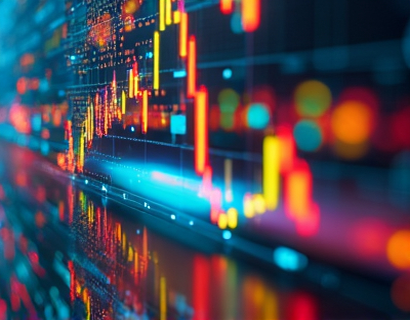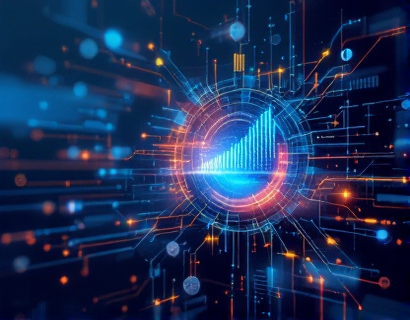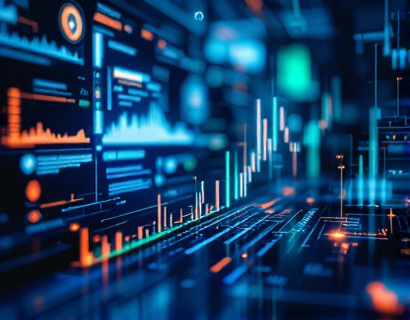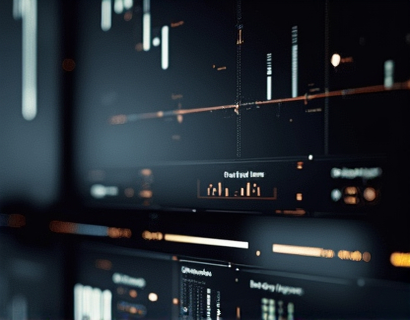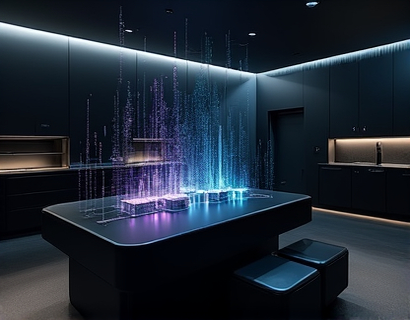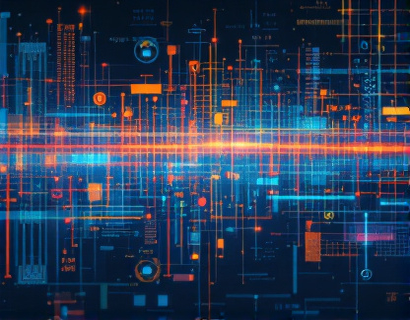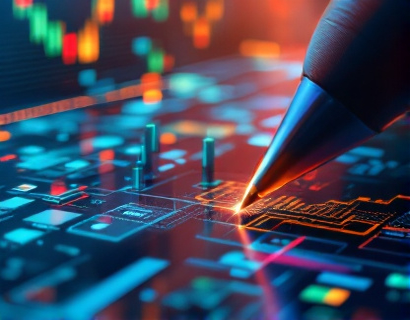Blockchain for Art: Securely Preserving Heritage with Decentralized Tracking Solutions
Blockchain technology, originally designed for cryptocurrencies, has found a novel application in the art and cultural heritage sector. This decentralized ledger system offers a robust framework for tracking the authenticity and provenance of historical artifacts and artworks. By leveraging blockchain, the art world can ensure secure ownership and verification of unique cultural treasures, fostering trust and collaboration among collectors, museums, and institutions. The adoption of blockchain technology in this domain not only enhances the preservation and management of cultural heritage but also makes the process more efficient, transparent, and secure, thereby safeguarding valuable assets for future generations.
The traditional methods of verifying the authenticity and provenance of artworks are often cumbersome, prone to errors, and susceptible to fraud. These methods rely heavily on paper-based records, expert opinions, and physical examinations, which can be easily manipulated or lost over time. Blockchain technology addresses these challenges by providing an immutable and decentralized record of an artwork's history. Each transaction or change in ownership is recorded as a block in the chain, creating a transparent and tamper-proof ledger that can be accessed by authorized parties.
One of the key benefits of using blockchain in the art sector is the enhancement of provenance verification. Provenance refers to the history of ownership and the journey of an artwork from its creation to the present day. Accurate provenance is crucial for establishing the authenticity and value of an artwork. With blockchain, every step in the artwork's history is documented and linked to the previous record, creating an unbreakable chain of evidence. This transparency reduces the risk of forgeries and helps collectors and institutions make informed decisions when acquiring new pieces.
For collectors, the ability to verify the provenance of an artwork with blockchain technology provides peace of mind and increases the confidence in their investments. Collectors can access a detailed and verifiable history of an artwork, including previous owners, exhibitions, and any restoration work. This level of transparency not only enhances the value of the artwork but also builds a stronger connection between the collector and the piece, fostering a deeper appreciation of its cultural and historical significance.
Museums and cultural institutions also benefit significantly from blockchain technology. These organizations often deal with a vast collection of artifacts, each with its own complex provenance. Blockchain can streamline the process of cataloging and verifying these items, reducing administrative burdens and improving accuracy. By integrating blockchain into their systems, museums can create a centralized and secure database of their collections, making it easier to track and manage artifacts. This not only enhances internal operations but also improves the visitor experience by providing detailed and reliable information about the exhibits.
Moreover, blockchain can facilitate collaboration among different institutions and countries. Artifacts often traverse international borders, and their movement requires coordination and verification at each step. Blockchain provides a standardized and secure platform for sharing provenance data across borders, eliminating the need for redundant checks and paperwork. This interoperability promotes global cooperation and ensures that cultural heritage is preserved and shared responsibly.
The implementation of blockchain in the art sector also addresses the issue of digital preservation. As physical artifacts degrade over time, digital records become increasingly important for preserving cultural heritage. Blockchain can be used to create secure and permanent digital archives of artworks, including high-resolution images, detailed descriptions, and historical context. These digital records are stored on a decentralized network, ensuring their longevity and accessibility even if central servers fail.
Another significant advantage of blockchain in art preservation is its role in combating illegal trafficking and theft. The art market has long been plagued by issues of stolen or illicitly obtained artworks. Blockchain's transparency and immutability make it an effective tool for tracking the movement of artifacts and identifying any suspicious activities. By recording every transaction on a public ledger, blockchain creates a deterrent against illegal activities and aids law enforcement in recovering stolen items.
For cultural heritage institutions, the integration of blockchain technology can lead to more efficient and secure management of their collections. Smart contracts, self-executing contracts with the terms directly written into code, can automate various processes such as verifying ownership transfers, managing loans, and handling insurance claims. These smart contracts reduce the need for intermediaries, lower transaction costs, and minimize the risk of human error or fraud.
Furthermore, blockchain can enhance the monetization of cultural heritage. Artists and creators can use blockchain-based platforms to sell their work directly to collectors, ensuring fair compensation and maintaining control over their intellectual property. These platforms can also offer fractional ownership, allowing multiple parties to invest in high-value artworks, thereby democratizing access to cultural assets.
The adoption of blockchain in the art sector is not without challenges. One of the primary concerns is the technical complexity and the need for specialized knowledge to implement and maintain blockchain systems. However, as the technology matures and becomes more user-friendly, these barriers are likely to diminish. Additionally, the energy consumption associated with some blockchain networks, particularly those using proof-of-work consensus mechanisms, has raised environmental concerns. However, the art community can opt for more sustainable blockchain solutions, such as those based on proof-of-stake or other energy-efficient consensus algorithms.
Despite these challenges, the potential benefits of blockchain in preserving and managing cultural heritage are substantial. By providing a secure, transparent, and decentralized framework for tracking and verifying artworks, blockchain technology is revolutionizing the way we preserve and interact with our cultural past. As more players in the art and cultural heritage sector embrace this innovation, we can expect a future where the authenticity and provenance of artworks are guaranteed, and the preservation of our shared heritage is ensured for generations to come.





